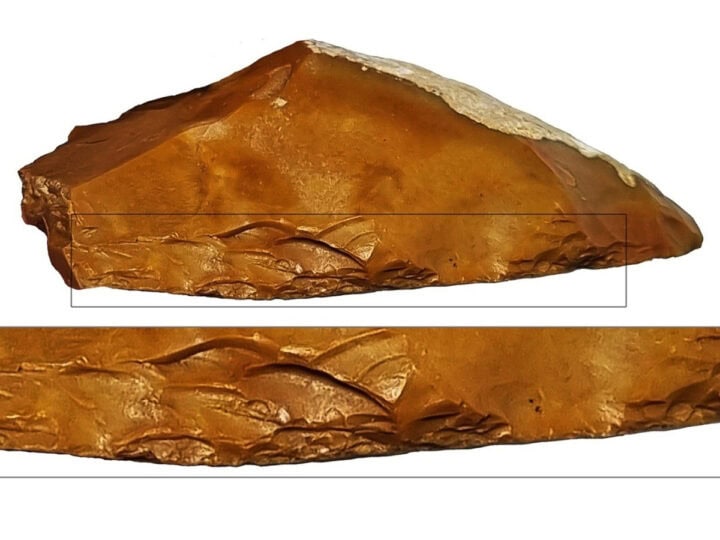People waiting for their CT scans at a Jerusalem hospital were in for a rather special treat recently when two coffin lids dating back thousands of years to ancient Egypt were wheeled in to undergo imaging.
The two coffin lids, carved out of sycamore wood, were brought to Shaare Zedek Medical Center from the nearby Israel Museum, where researchers wanted to learn about the process used by the artist to create them all those years ago.
The first coffin lid dates back to 950 BCE and belonged to a woman called Jed-Mot, who was a ceremonial singer for Amun-Ra, the chief deity of the ancient Egyptian Empire. The second coffin lid belonged to a nobleman called Petah-Hotep who lived sometime between the seventh and fourth centuries BCE.

“The scan enabled us to better understand the actions of the artist who made these coffin lids, and as such has made a significant contribution to our research,” said Nir Or-Lev, the Egyptian archeology curator at the Israel Museum.
“We were able to identify cavities in the wood that were filled up with plaster as part of the preparations for the coffins’ decoration, as well as different parts that were completely cast from plaster and not directly carved out of the wood.”
Scanning the coffin lids was a complicated operation that involved five months of preparation and the creation of special boxes to hold them on their short journey from the museum to the hospital, which cleared a designated time slot for the inspection.
“It’s not every day that you take part in an encounter between illustrious history and advanced medical technology,” said Shlomi Hazan, the chief radiologist at Shaare Zedek. “Advanced technology allowed us to scan every single millimeter of the coffin.”

Hazan explained that the CT scan “allows you to see the separation between the different materials – wood, plaster and air pockets. The high resolution also enabled us a cross-section view of the tree rings, and 3D reconstructions were made on the cuts that will help the team identify the composition of the various materials.”
Fighting for Israel's truth
We cover what makes life in Israel so special — it's people. A non-profit organization, ISRAEL21c's team of journalists are committed to telling stories that humanize Israelis and show their positive impact on our world. You can bring these stories to life by making a donation of $6/month.









